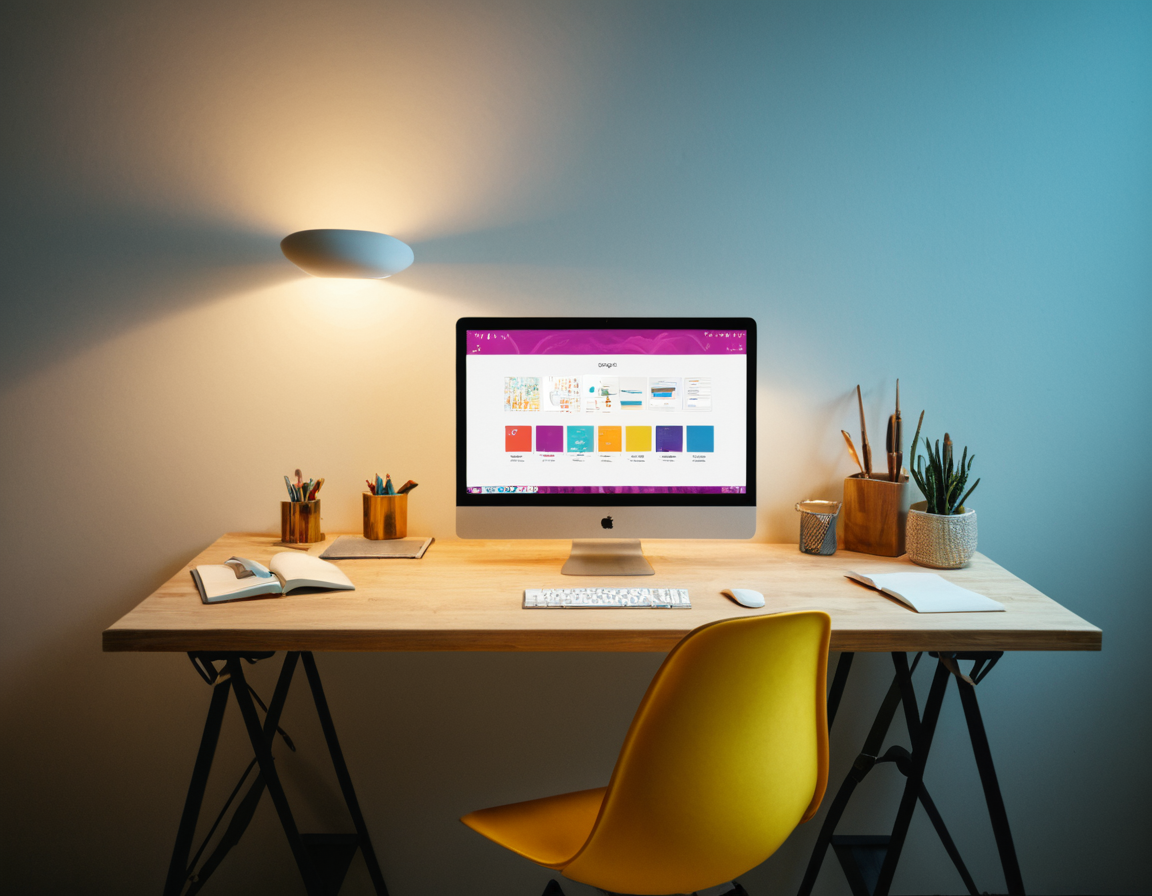Unleash Creativity: Canva AI & Design

Unlocking New Design Possibilities with Canva’s Integration of AI Image Generators
Introduction
Canva, a well-established platform for graphic design and digital media creation, has recently taken a significant step forward by integrating AI image generators into its ecosystem. This development has far-reaching implications for designers, marketers, and businesses looking to elevate their visual content game.
The Impact of AI on Design
Artificial Intelligence (AI) has been making waves in various industries, including design, over the past decade. Its potential to automate repetitive tasks, generate new ideas, and improve efficiency cannot be overstated. However, the application of AI in design has also raised concerns about creativity, originality, and the role of human designers.
Canva’s Integration of AI Image Generators
In this blog post, we’ll delve into the specifics of Canva’s integration with AI image generators. We’ll explore how this technology can be leveraged to unlock new design possibilities and examine the implications for the design community.
Understanding AI-Generated Images
AI-generated images are created using deep learning algorithms that learn from vast amounts of data. These models can produce realistic images that mimic real-world scenarios, making them suitable for various applications, including design.
However, it’s essential to note that AI-generated images are not a replacement for human creativity and expertise. While they can be useful tools, their limitations should be understood.
Canva’s Approach
Canva has taken a nuanced approach to integrating AI image generators into its platform. Rather than relying on these technologies to replace human designers, the company is focusing on empowering users with the right tools and resources.
This means providing easy-to-use interfaces for generating images using AI algorithms. However, it also emphasizes the importance of human oversight and curation to ensure that the generated content meets the required standards.
Practical Applications
So, how can you start exploring the potential of Canva’s AI image generators? Here are a few practical steps:
- Explore the Canva Interface: Head over to Canva’s website and explore their new features. You’ll find a range of tools and resources designed to help you get started with AI-generated images.
- Understand the Limitations: Before diving in, take some time to understand the limitations of AI-generated images. This includes their potential biases, lack of originality, and the need for human oversight.
- Experiment Responsibly: Don’t be afraid to experiment with these tools. However, do so responsibly and within the bounds of your design project’s requirements.
Challenges and Opportunities
As we move forward in this AI-driven landscape, several challenges and opportunities present themselves:
- Balancing Creativity and Automation: How can we strike a balance between leveraging technology to streamline our workflow and maintaining the essence of human creativity?
- Addressing Bias and Inequality: How can we ensure that AI-generated images do not perpetuate existing biases and inequalities in design?
- Fostering Collaboration: How can we work together to harness the potential of AI image generators while preserving the value of human designers?
Conclusion
Canva’s integration with AI image generators represents a significant turning point in the design landscape. While this technology has the potential to unlock new design possibilities, it’s crucial that we approach its use responsibly.
As designers, marketers, and businesses, we must prioritize the responsible use of AI technologies. This means embracing the opportunities they present while acknowledging their limitations and potential pitfalls.
The question remains: how will you choose to harness the power of AI image generators in your next design project?
About Elizabeth Lee
As a photographer and AI expert, I help bridge the gap between human creativity and machine learning. With a background in photography and 3+ years of experience editing & generating images with AI tools, I'm passionate about sharing practical tips on how to unlock visual potential at gophotos.com.
